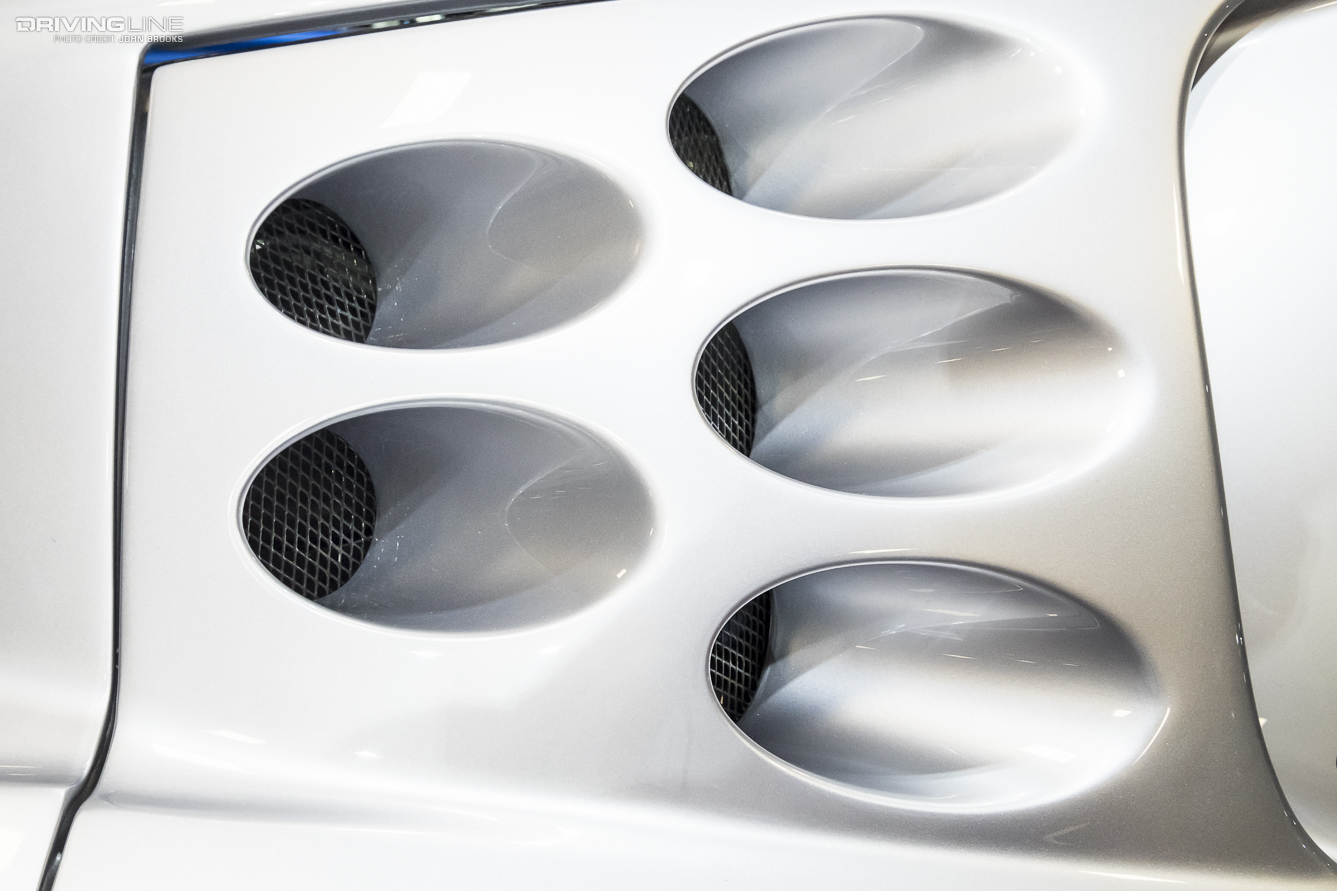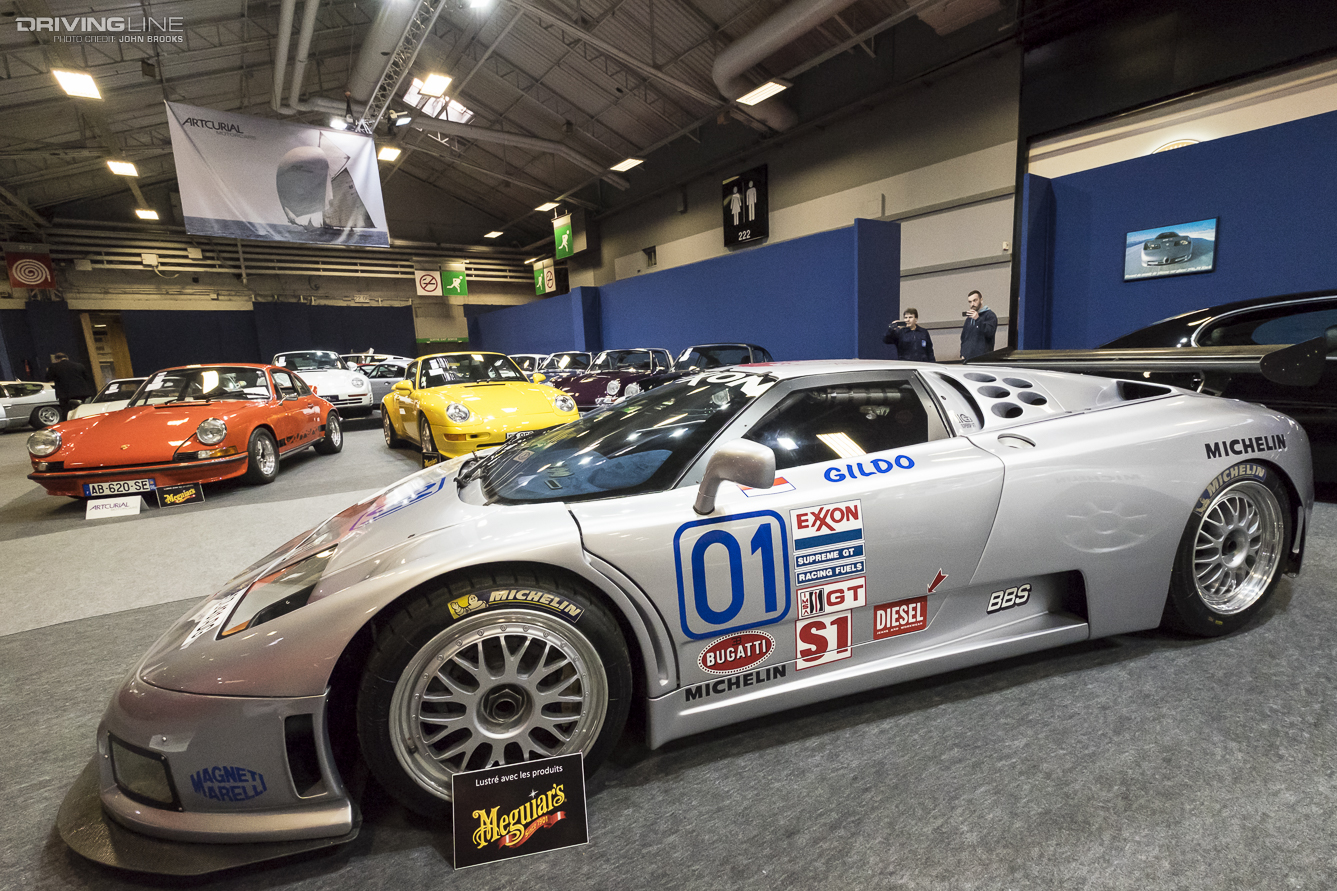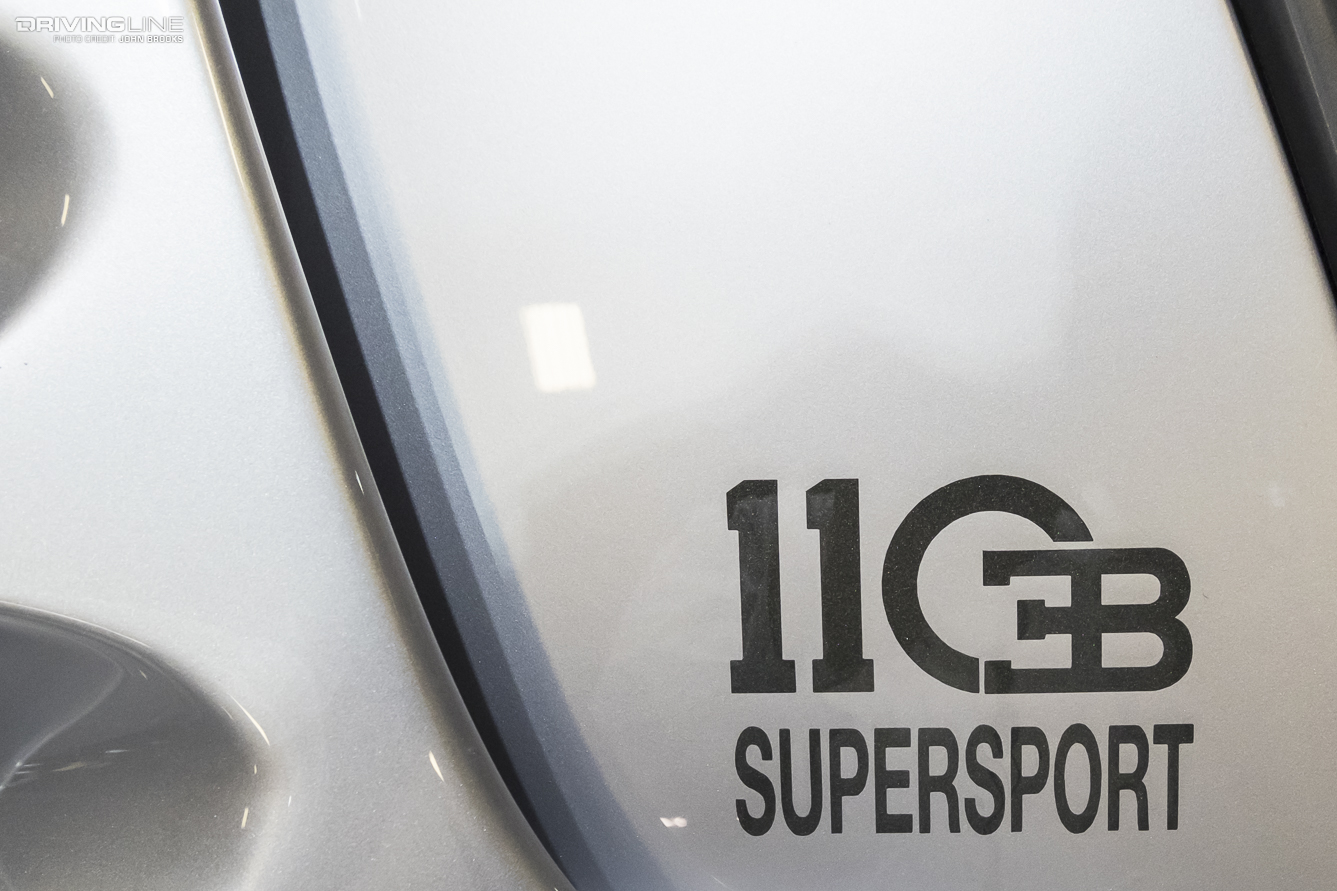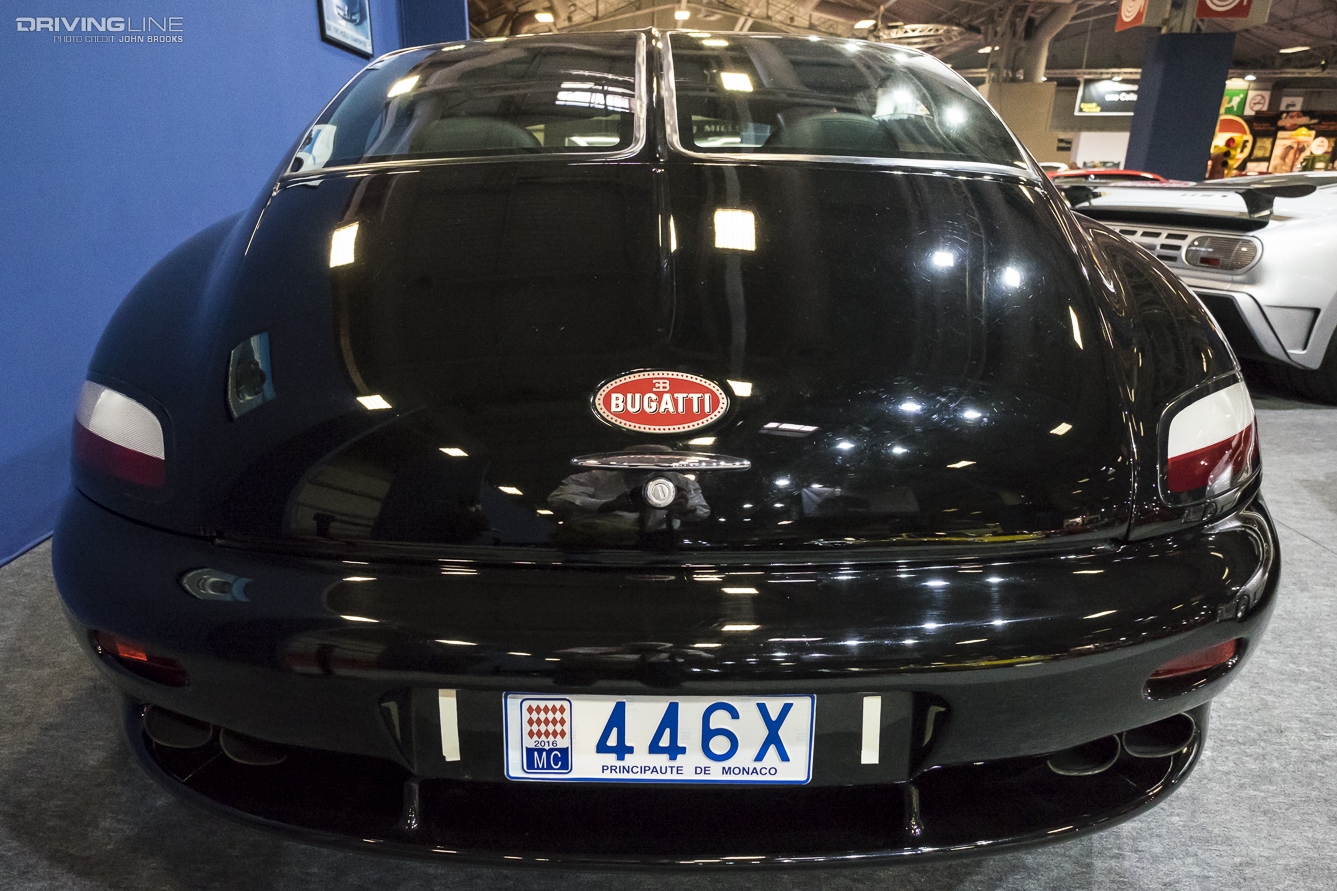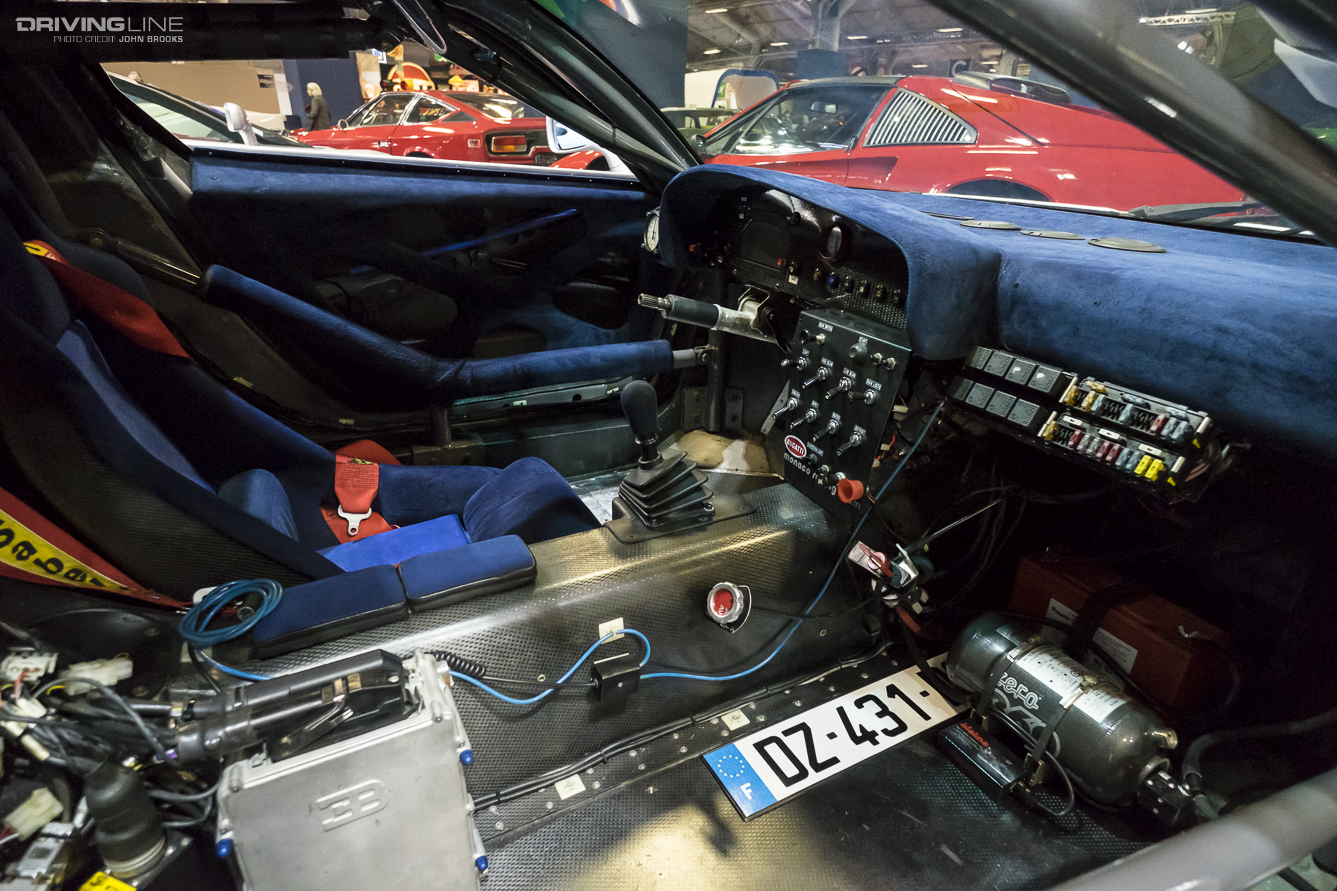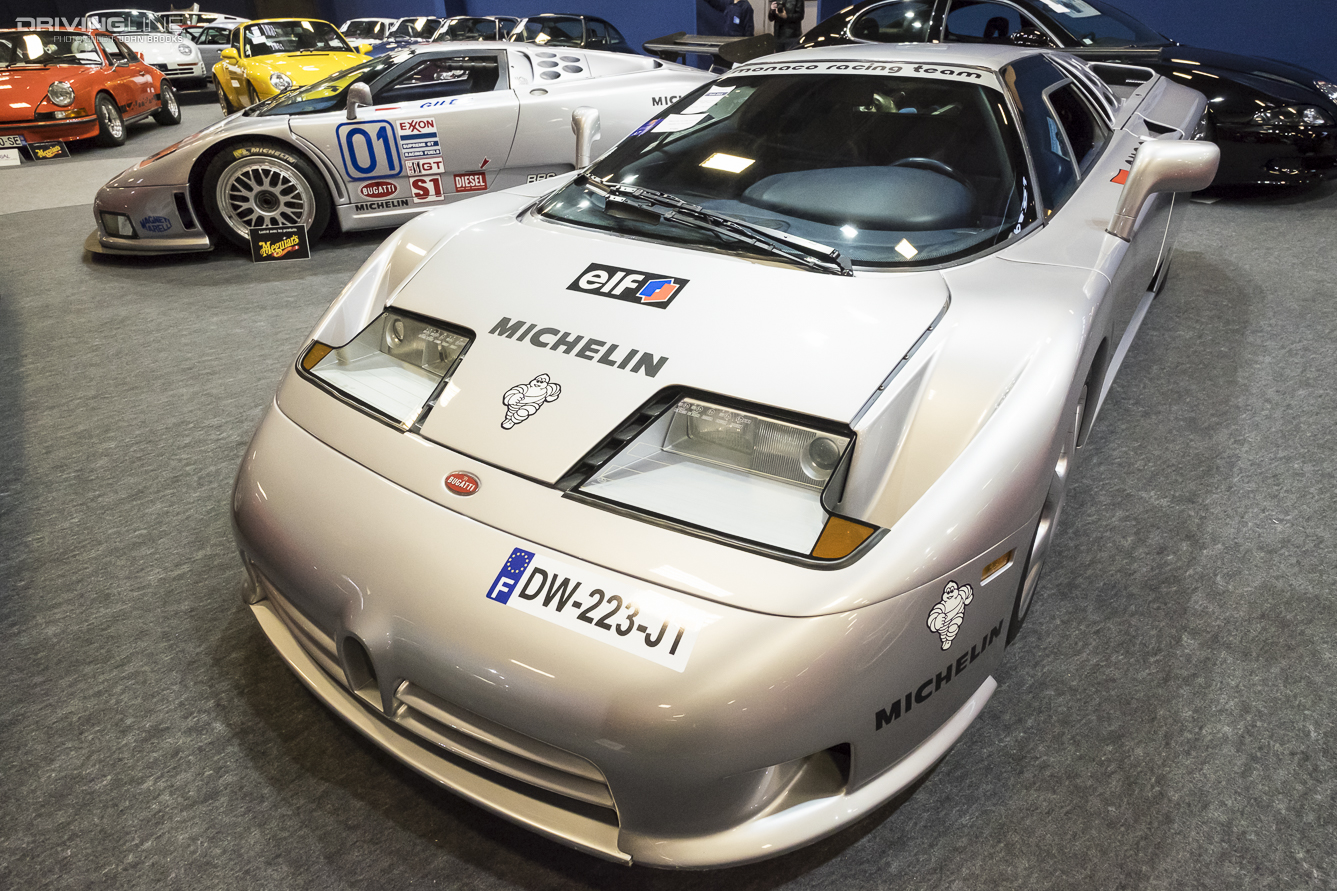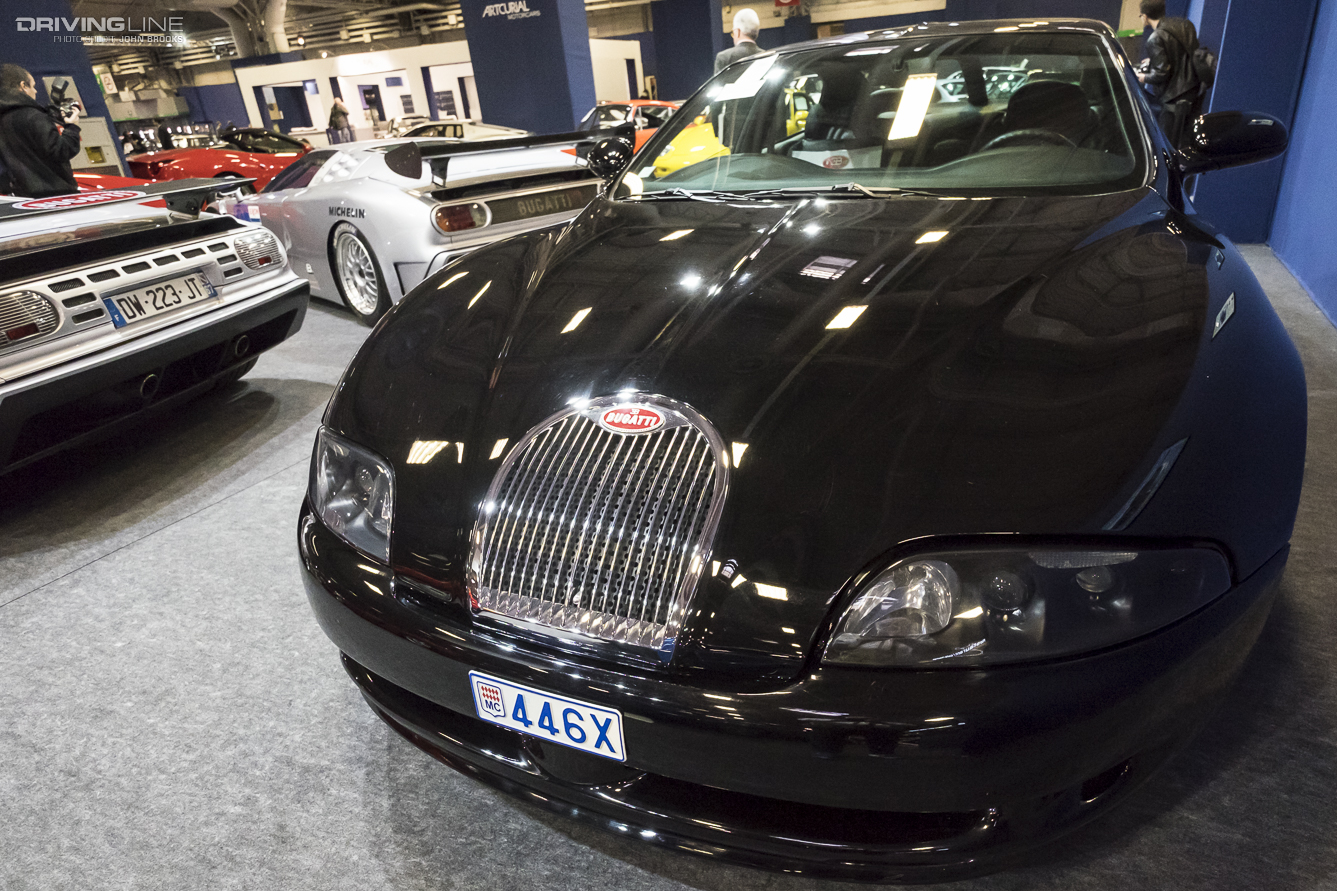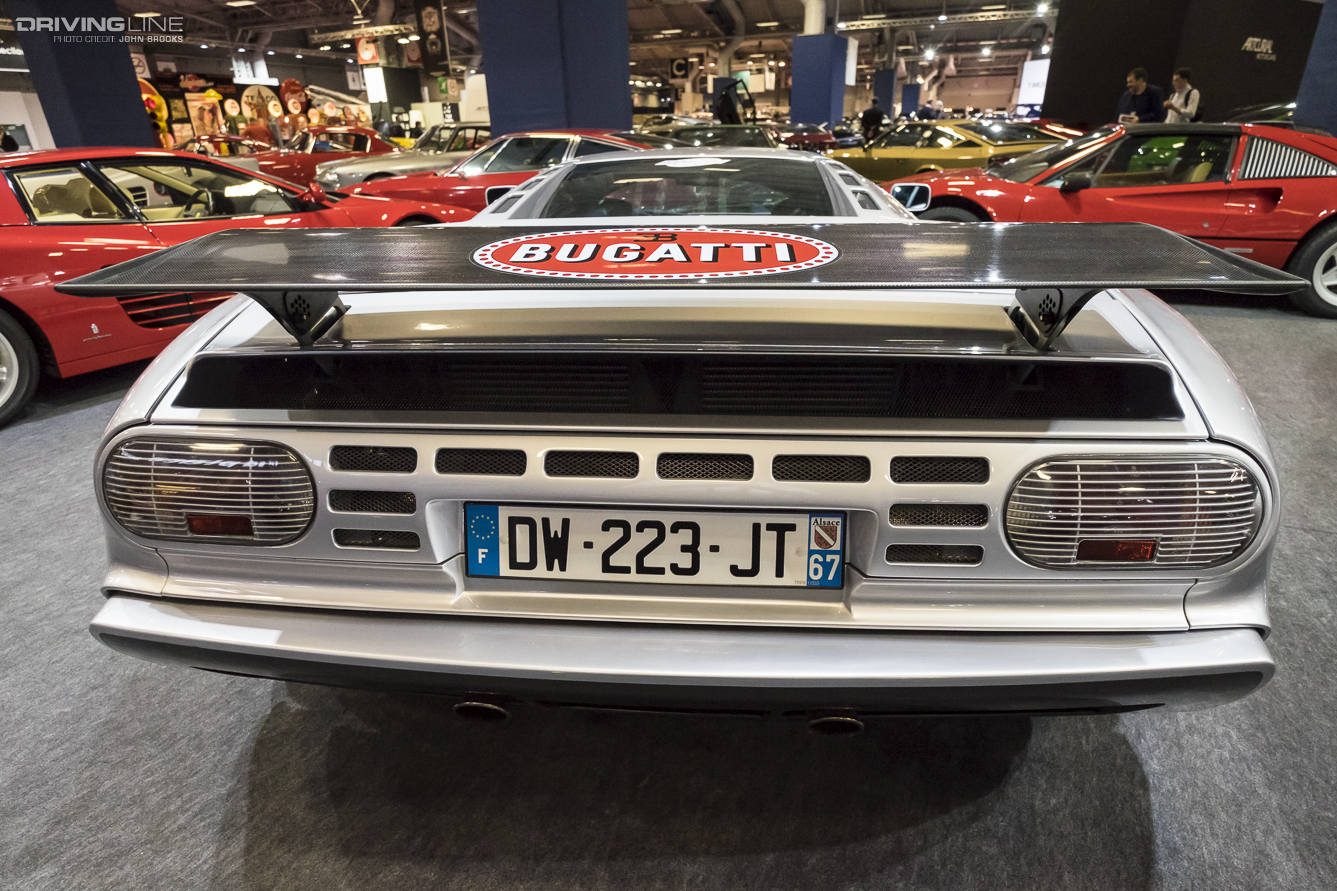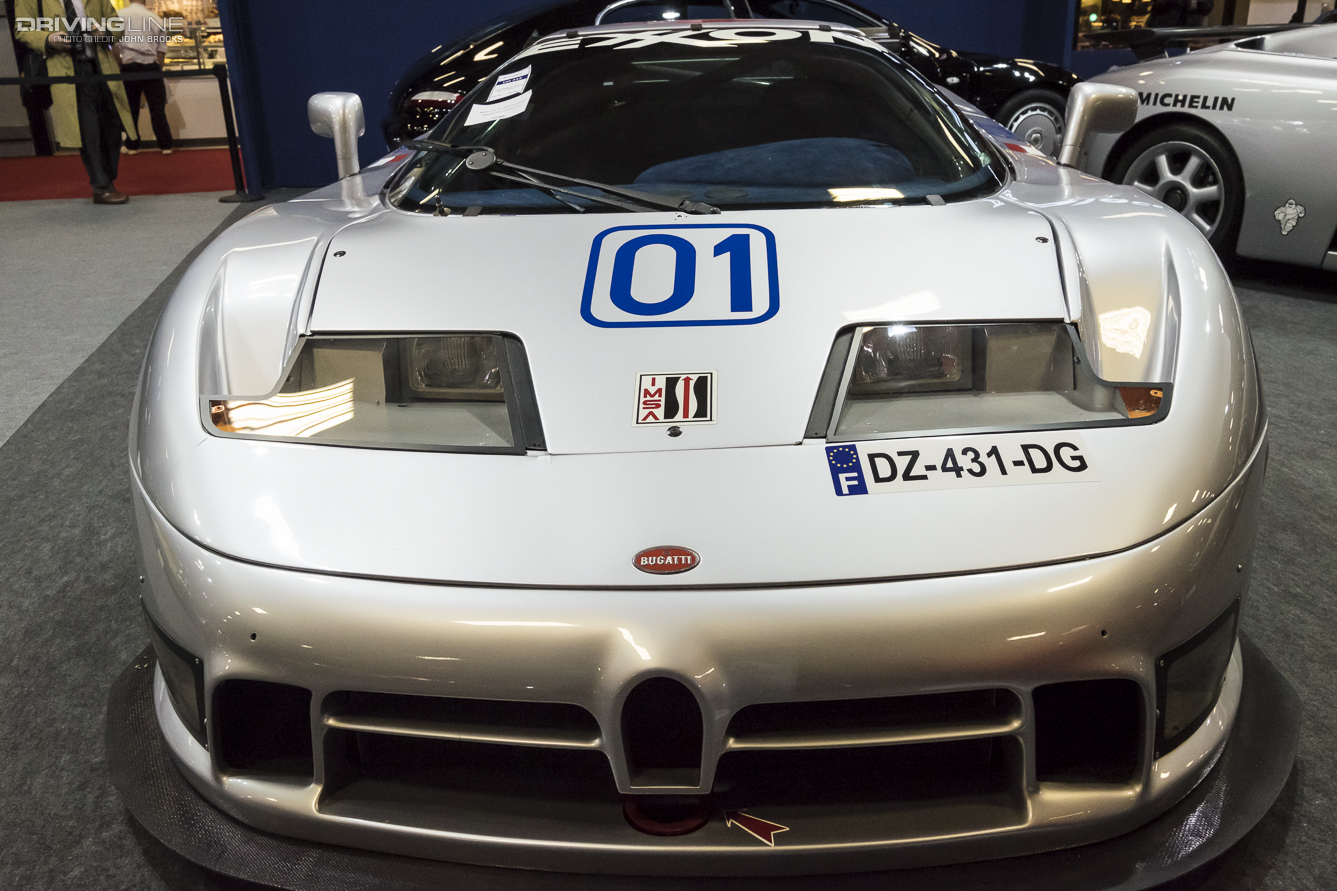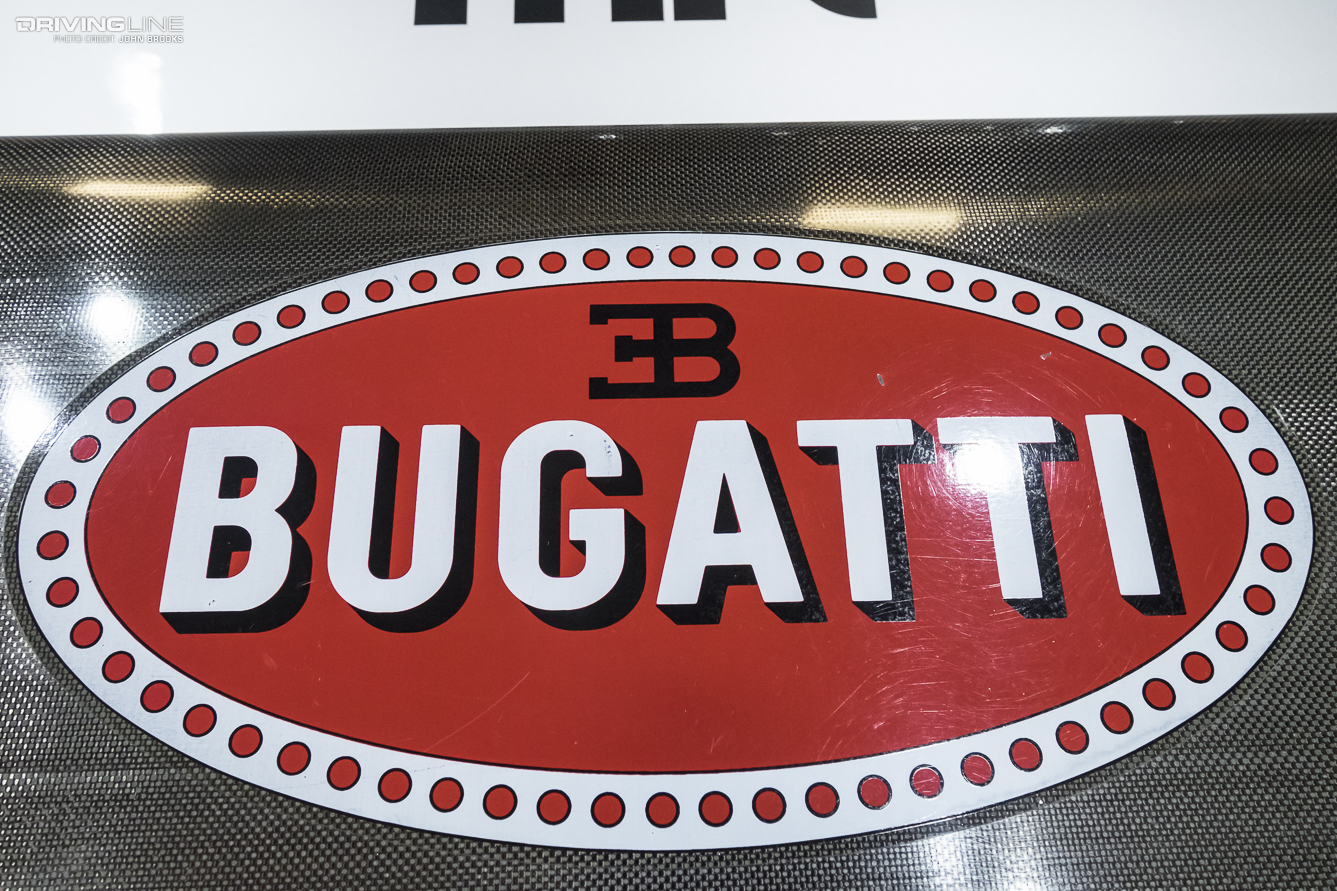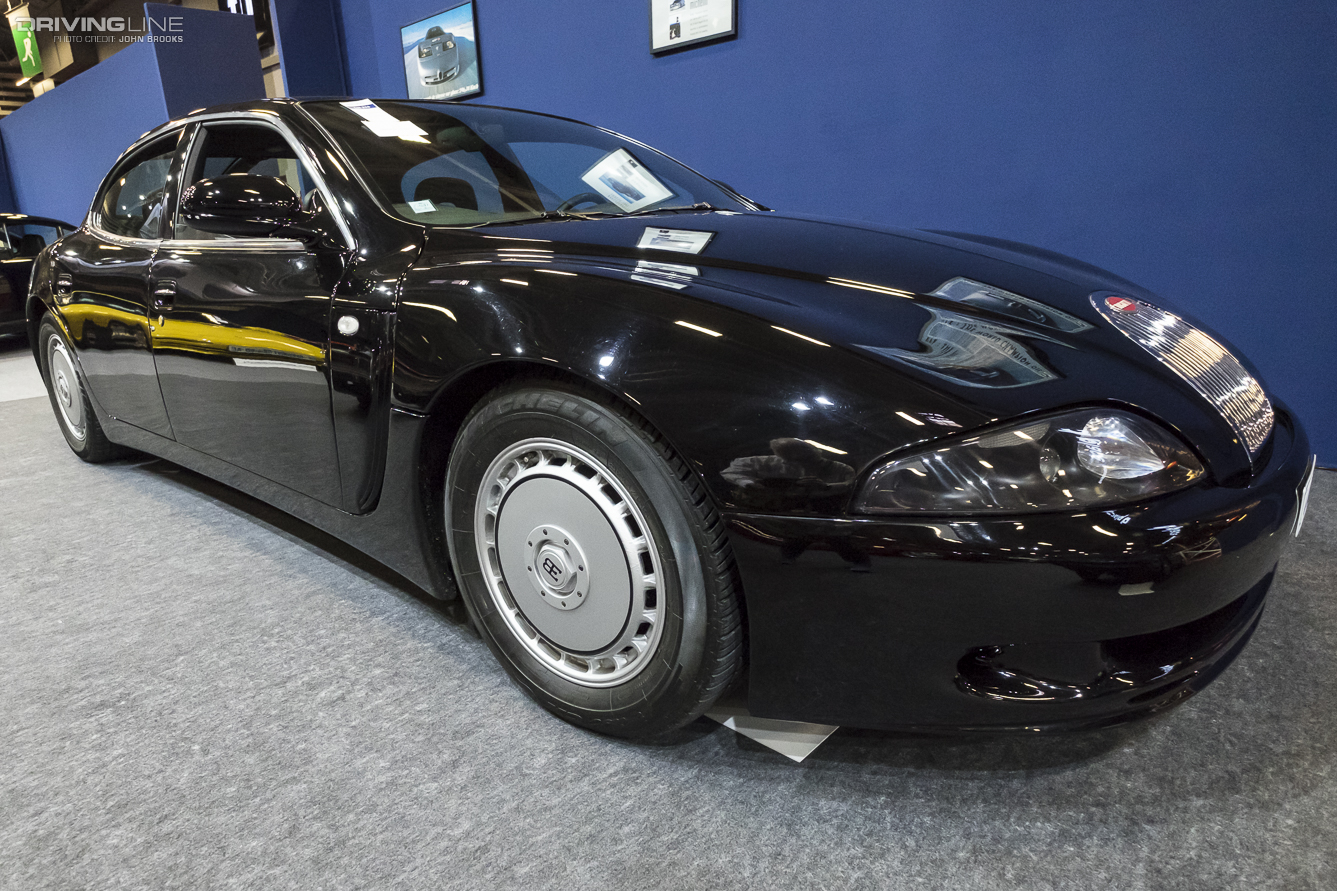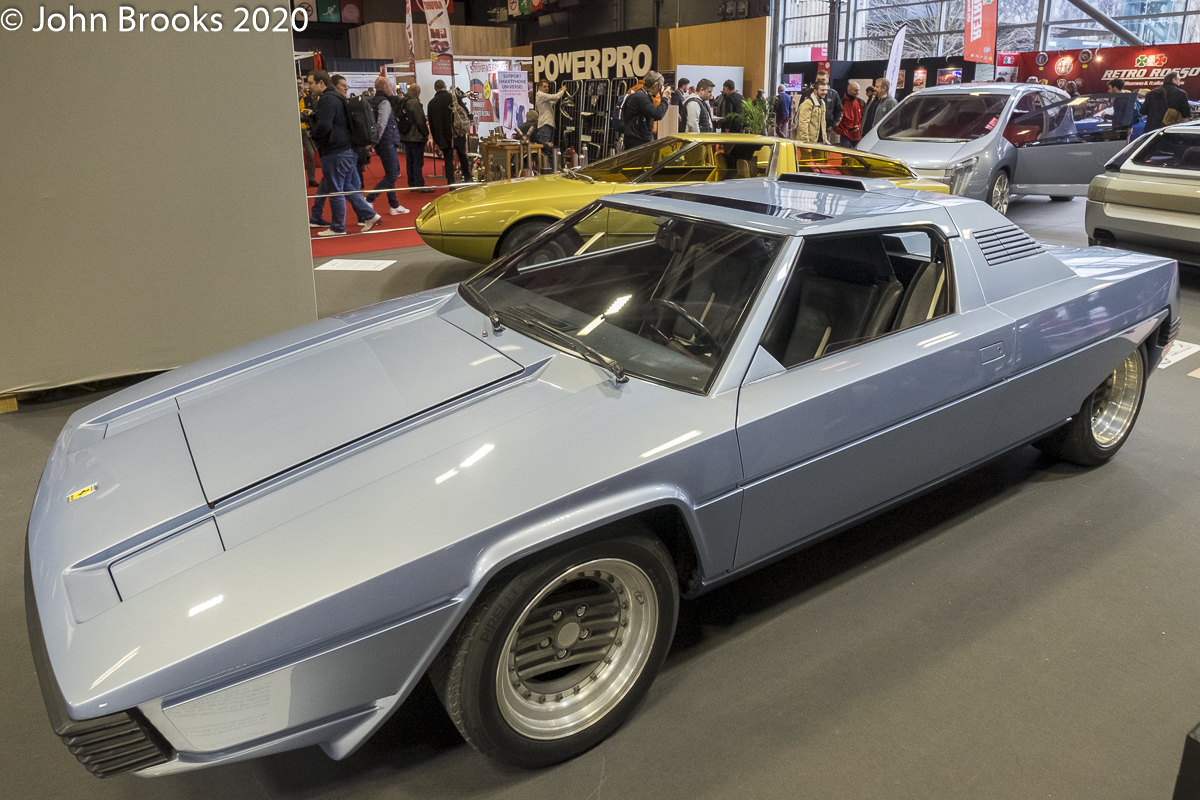
The 2020 Rétromobile will prove to be even more special than normal, it actually took place! Months have passed under the pandemic cloud and the distant rumbles currently being experienced do not give any assurance that we will return to normal, or what passes for that state in 2020, any time soon. So let’s take the opportunity to have a look back at the annual Parisian automotive festival.
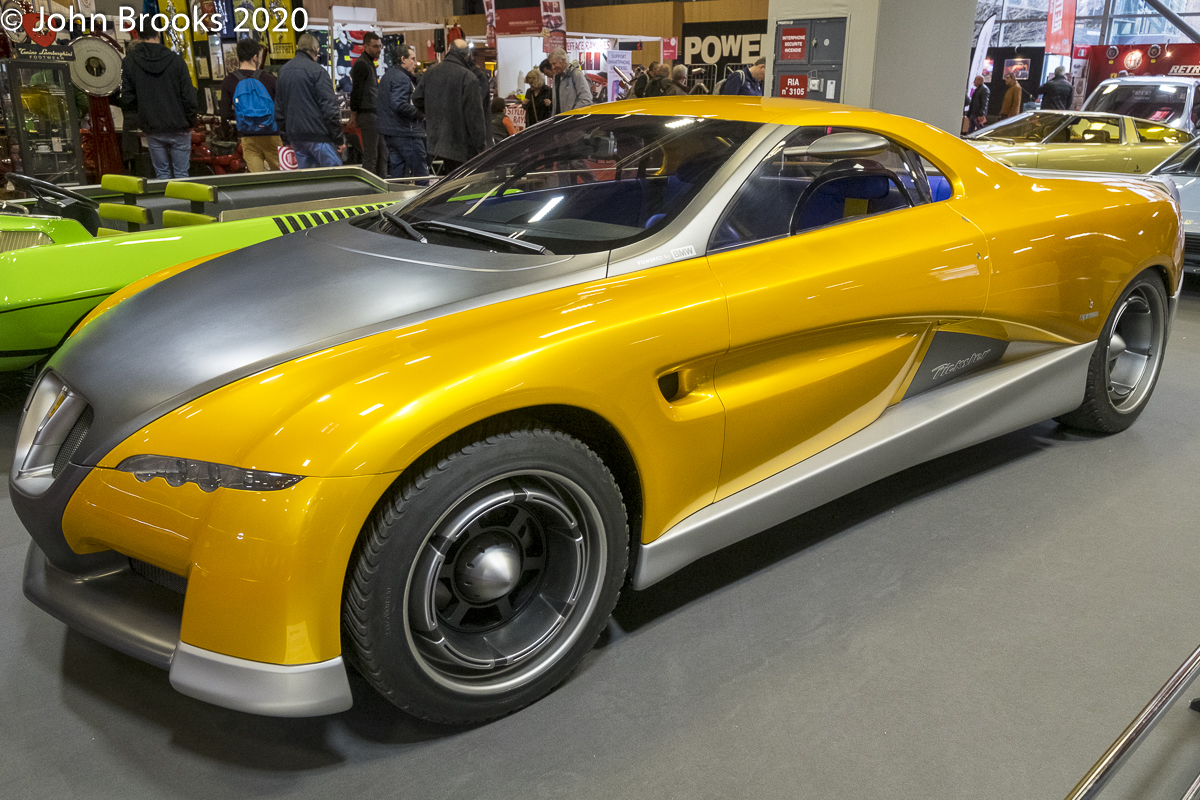
For the best part of a century Bertone were princes of the motoring world, their distinctive style seen on many important cars. A changing business landscape could not be accommodated and the organisation filed for bankruptcy in 2014, the end of the road. They had accumulated a collection of their work and this was eventually taken over ‘for the nation’ by Automotoclub Storico Italiano. The cars are usually on public display at the Volandia Museum located at Milan’s Malpensa Airport. For the Rétromobile a small selection was allowed out of Italy for our general appreciation.
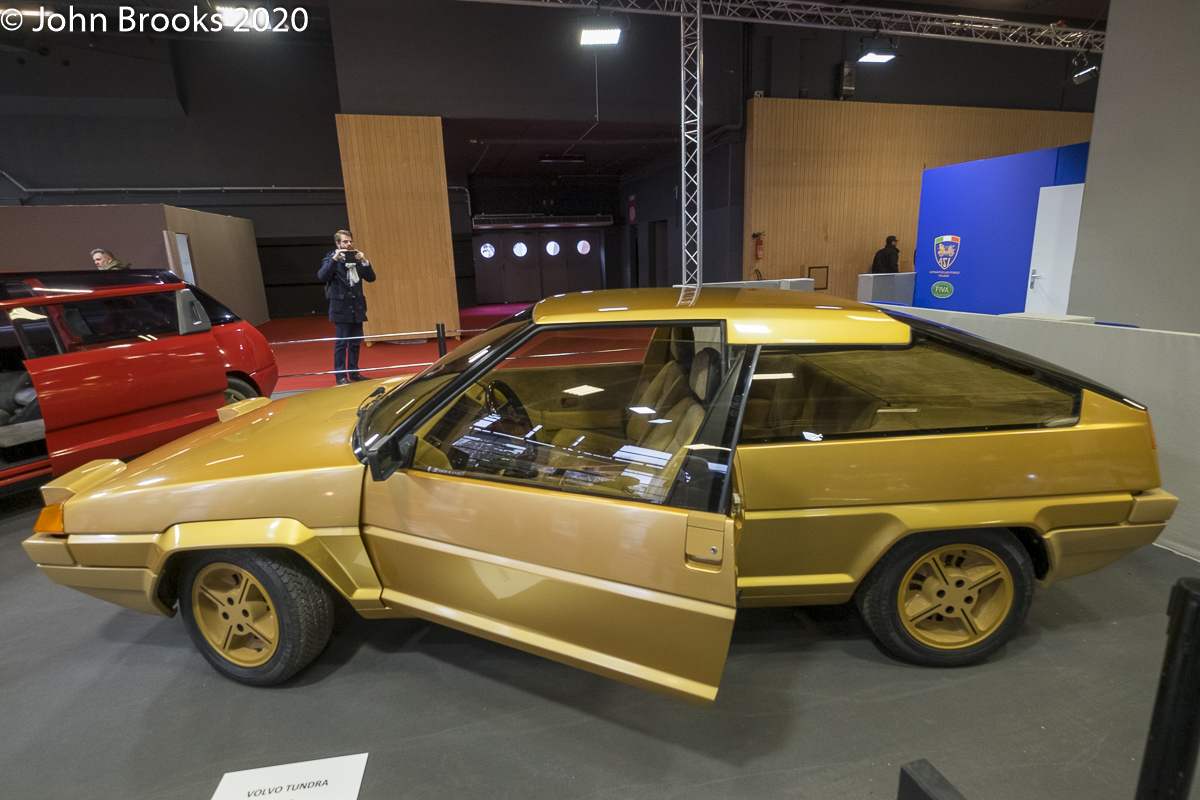
The Volvo Tundra was the work of Marcello Gandini, Bertone’s lead designer for most of the ’60s and ’70s. The concept was based on a Volvo 343, the idea was to generate more business, Bertone having worked on 264TE and 262C, but the concept was rejected by the Swedes. Several design elements would later appear on the Citroën BX.
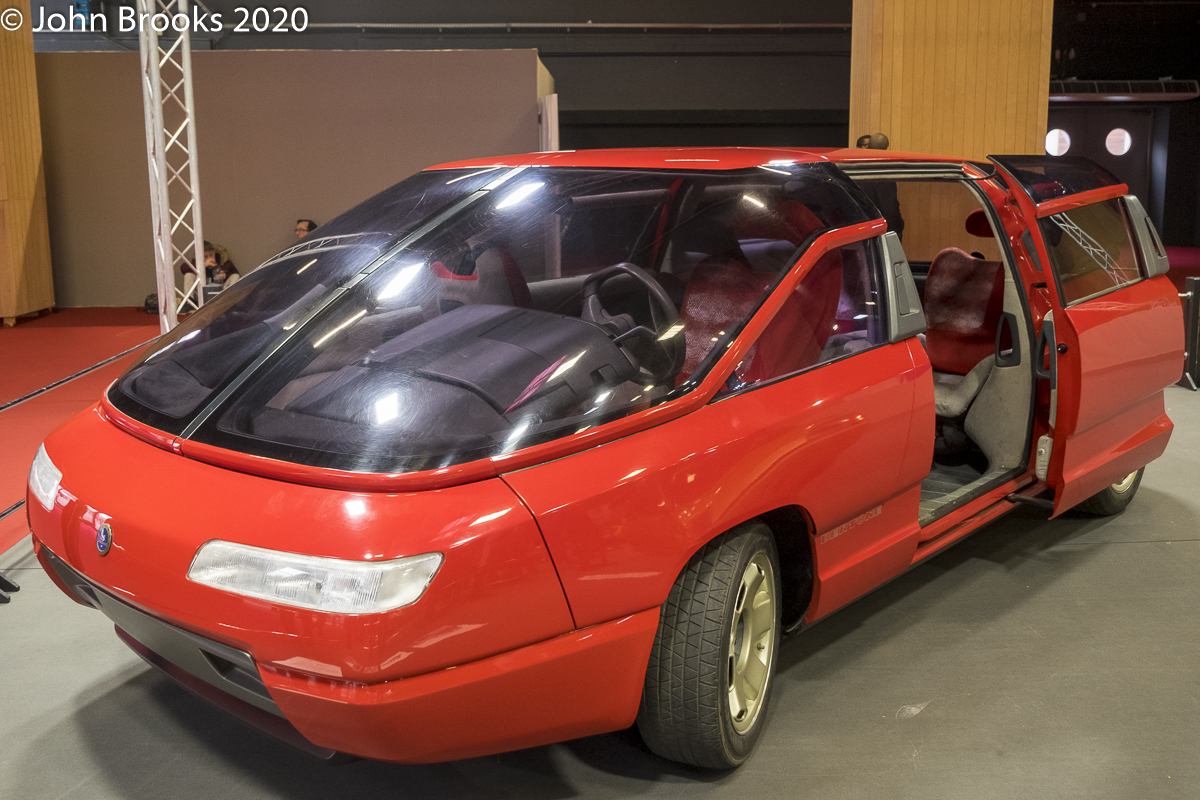
The MPV movement in Europe was in its early stages when Bertone unveiled this unusual concept at the 1988 Turin Motor Show. It featured gull-wing doors hinged at the centre of the windscreen to admit the driver and front passenger, those in the rear would have to use a conventional sliding door, the machine certainly attracted attention. Only able to carry five people the Genesis was already behind the likes of the Renault Espace that could accommodate seven. Perhaps the maddest feature of the exercise was that it was powered by a 5.2 litre V12 Lamborghini engine, normally found in the rear of a Countach. As one authority on Lamborghini’s history, Richard Dredge, put it. “After all, it may have looked great and pushed the the design boundaries but how was anybody ever going to make any money building a people carrier with a V12 engine?”
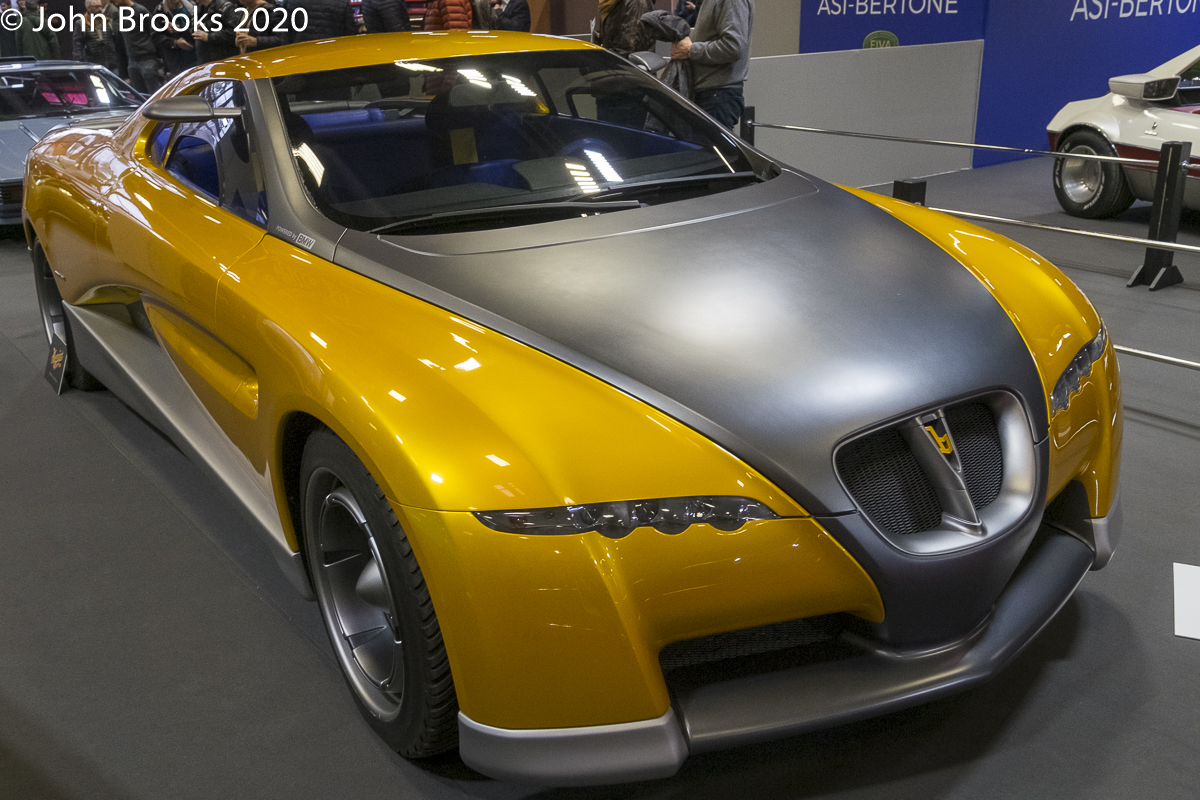
The same vein of crazy what-if thinking that brought forth the Genesis also produced the BMW Pickster. It was based on an E39 BMW 528 with a 3.2-liter straight-six from the M3 to power the pick up truck concept.
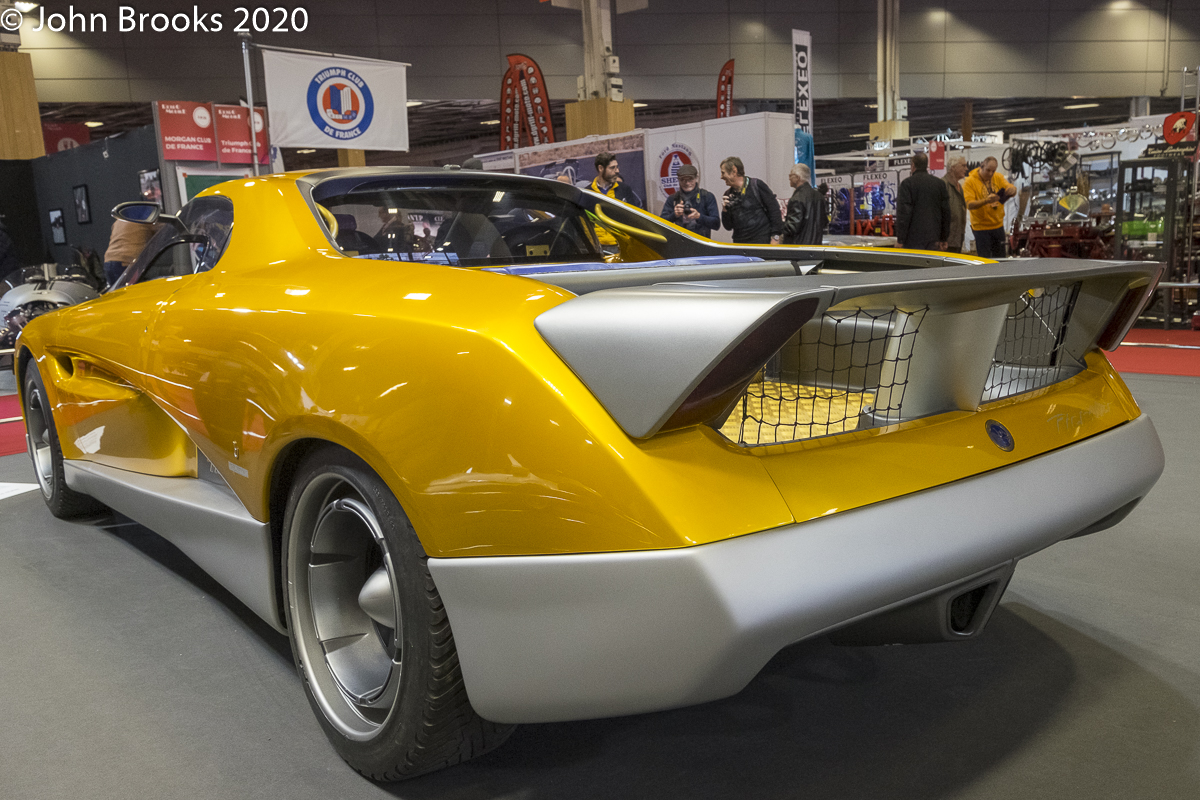
BMW resisted the temptation to take the Pickster and run with it, about the only section of the market that they have not tried to access.
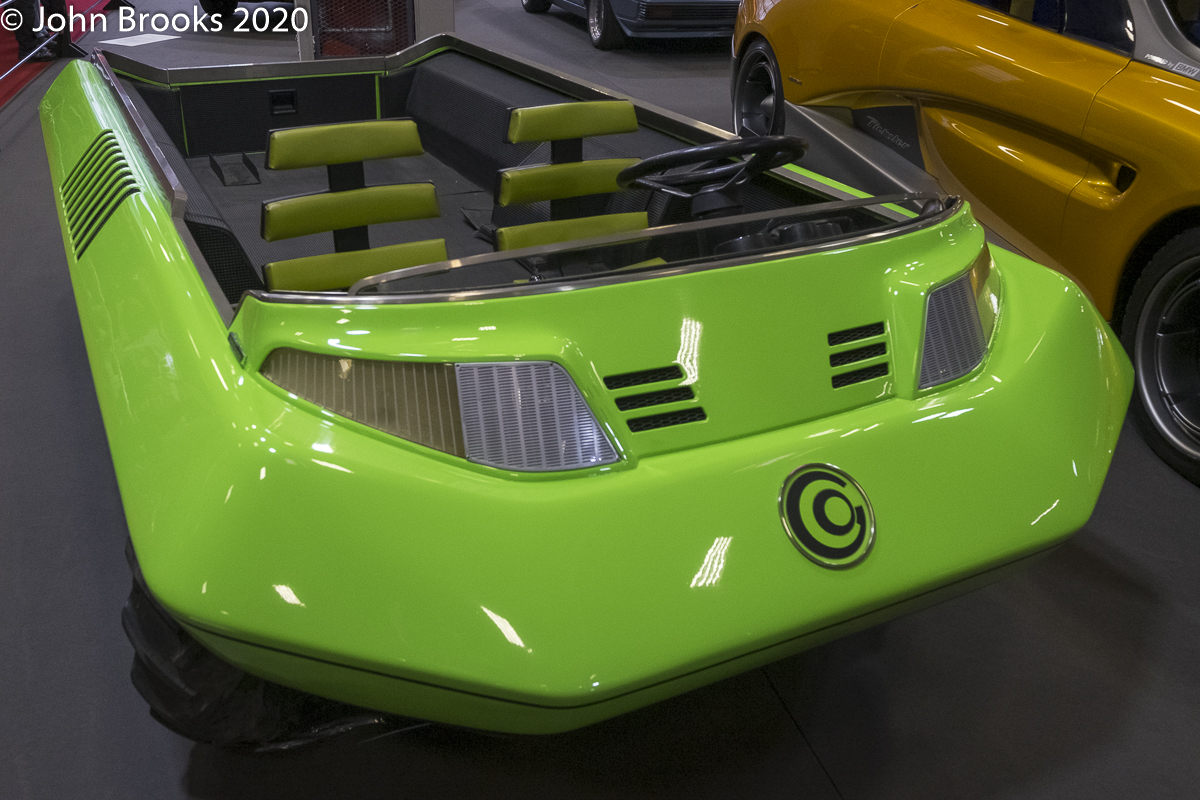
In 1971 Bertone tried to interest Suzuki in an innovative amphibious vehicle, that became known as the Suzuki Go. Gandini was the designer. “I was inspired by the increasingly rubber inflatable dinghy boats.” The two-seater could also accommodate a snow bike or motorcycle in its flat loading bay. It was powered by a three-cylinder Suzuki 750 engine that drove the rear wheels.
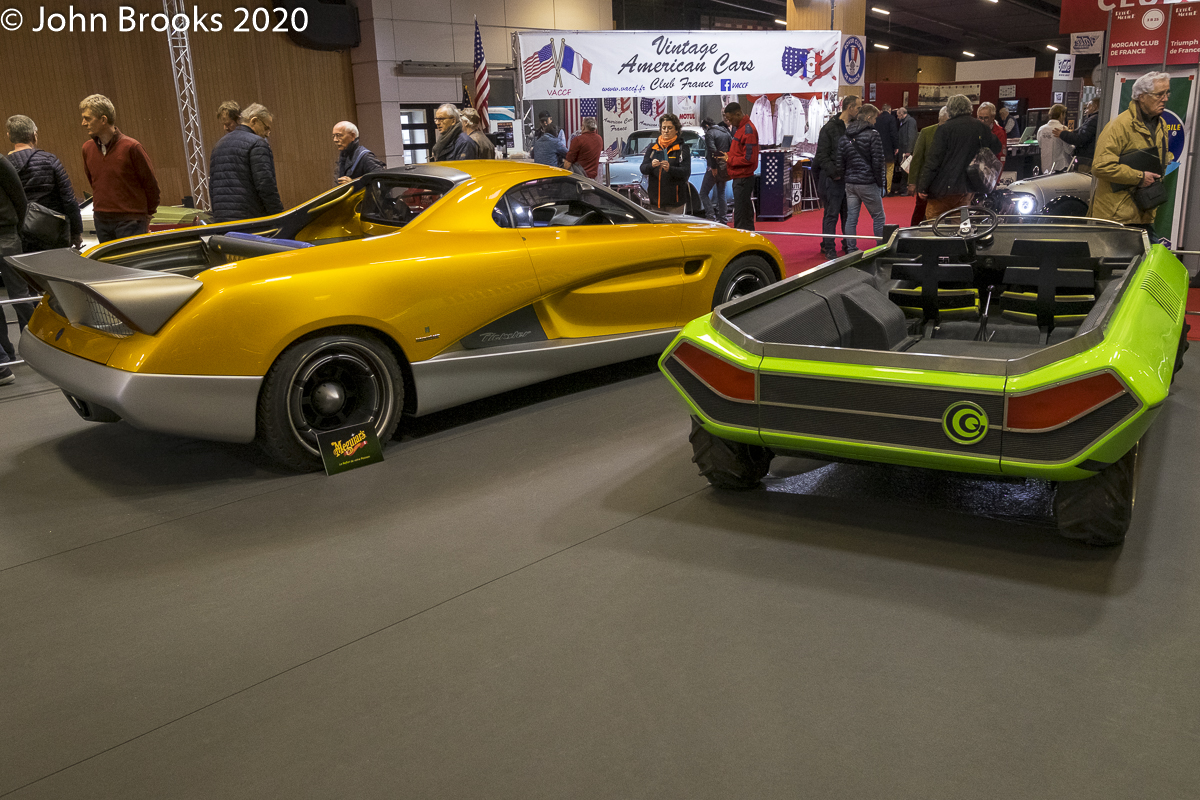
The Go was intended to float and would be powered on water by clamping an outboard motor to the tailgate. The tyres were designed to go off-road and handle dirt tracks and snow with ease.
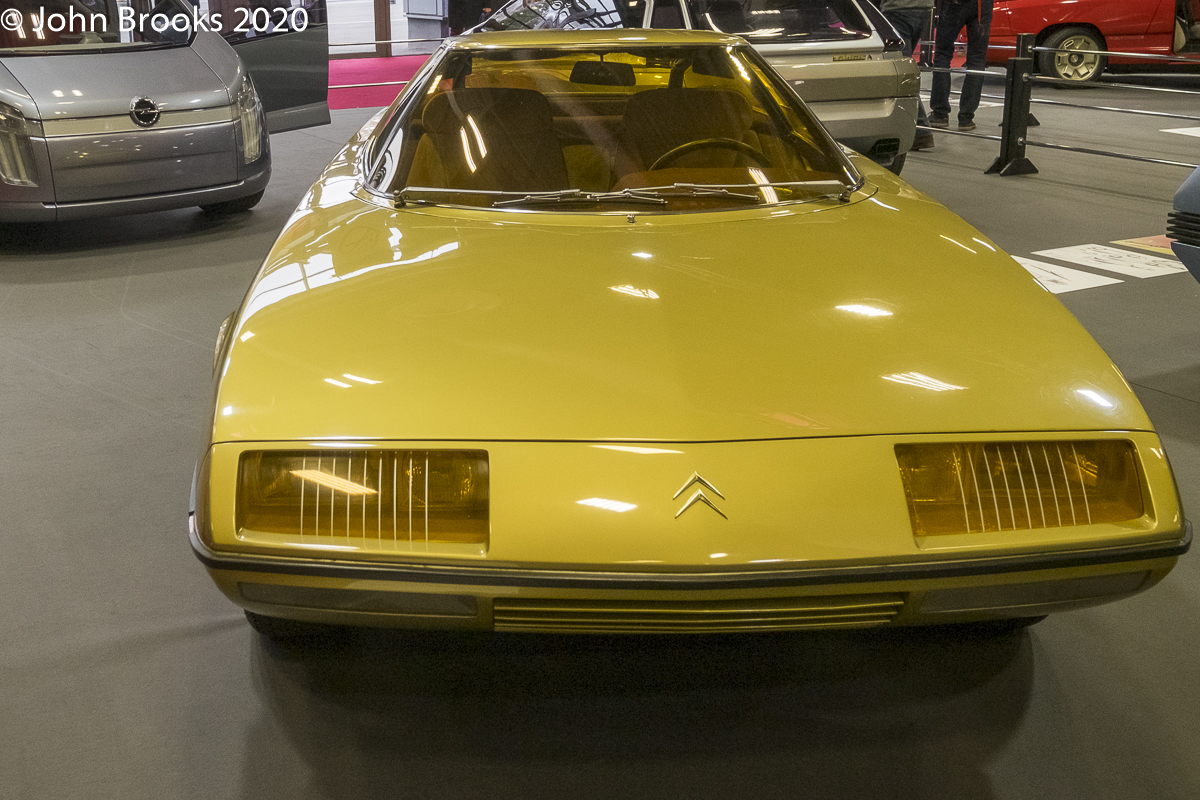
At the same time that Gandini was working on the Suzuki Go he also gave his attention to a development of the Citroën GS, to be known as the Camargue. Launched at the 1970 Paris Motor Show the Citroën GS was technologically advanced for the time, both aerodynamically and mechanically. It had features such as power-assisted disk brakes, front and rear, rarely seen in a car in that market segment. The hydro-pneumatic suspension had been developed since it first appeared on the DS range, giving both a comfortable ride and excellent road-holding. This translated into sales and awards including European Car of The Year. CEO Nuccio Bertone asked Citroën for a car to play with, the French were happy to supply one and Gandini got to work.
Unusually for a Bertone creation there was an absence of sharp edges, more softly curvaceous than angular. The 2+2-seater Camargue coupé was dressed in a metallic champagne colour and was an instant sensation when it was revealed at the 1972 Geneva Motor Show. Citroën also featured the Camargue as its prize exhibit on its trade stand at that year’s Le Mans 24 hours, causing speculation that they were seriously considering the concept for production.
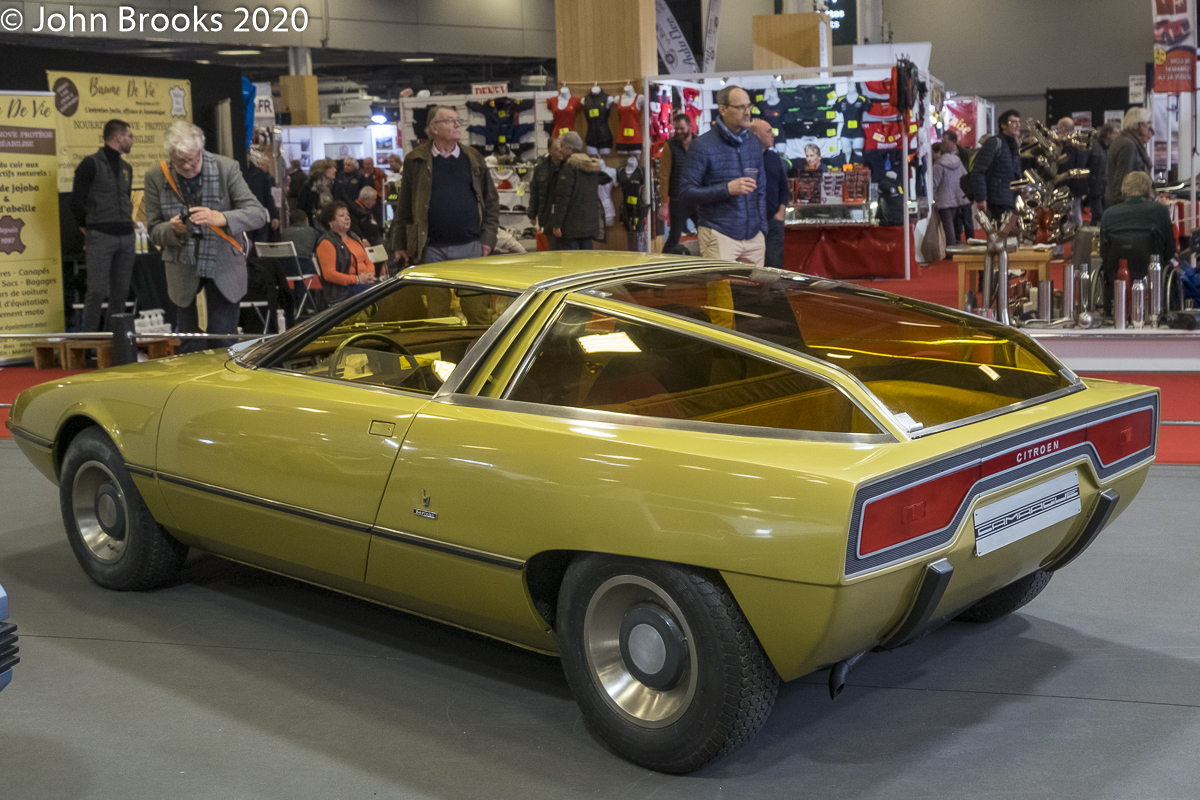
However, events overtook Citroën as the cost of developing the new SM and other products seriously overran and it was the same story with their investment in Maserati. The alliance with Fiat, who had acquired a substantial stake in the French company from Michelin, did not work out as planned. Another expensive, ill-judged initiative, designing and building thirsty, but powerful, rotary engines with NSU, was torpedoed by the Yom Kippur War and the subsequent oil crisis. Fiat sold their share of Citroën back to Michelin who were on a long term strategy of divesting themselves of any holdings in motor manufacturers. Citroën’s failure to have a product in the profitable middle range of cars in the European market meant there were no reserves to fall back on, they were bankrupt. The solution to these conflicting issues was facilitated by the French government and Michelin, Citroën was taken over by Peugeot, and was saved from destruction. Peugeot had no time for niche products such as the Camargue and the attractive concept passed into history, very much a case of what might have been.
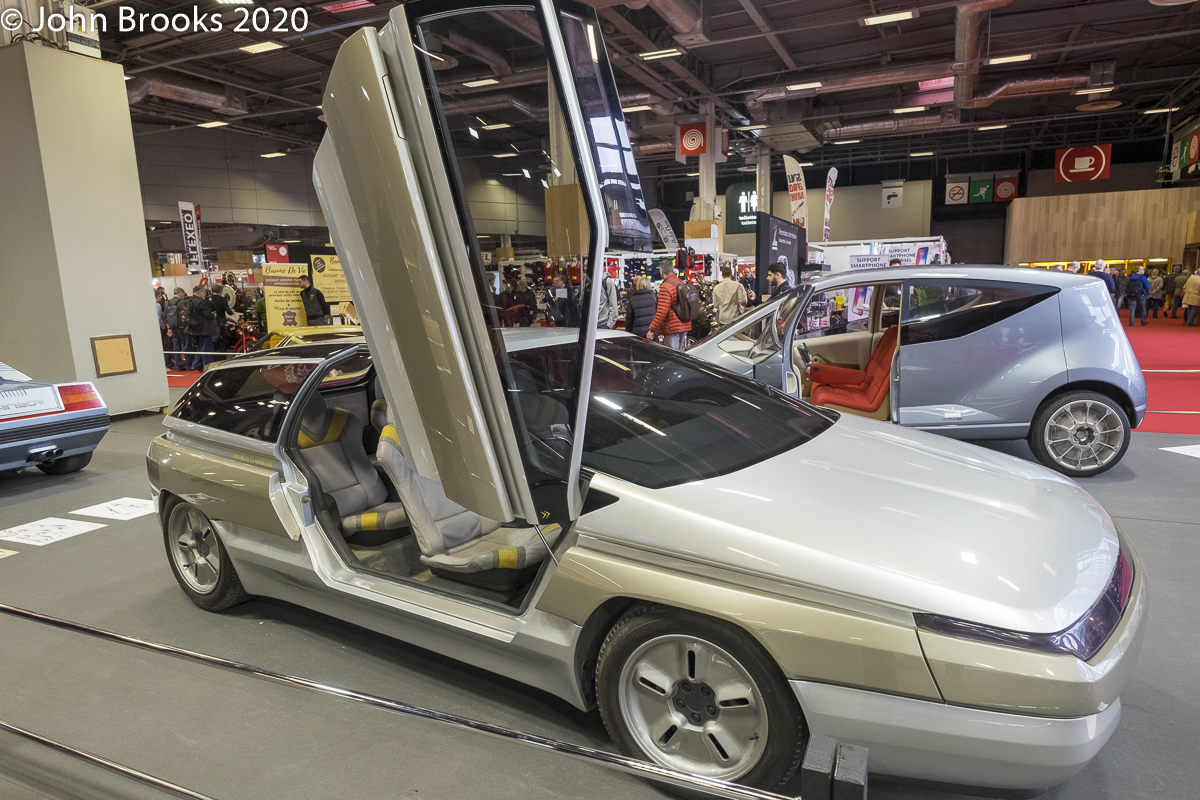
Just over a decade later Bertone and Citroën came up with the Zabrus, based on a BX 4TC. Another 2+2 concept with dramatic scissor doors and a funky interior.
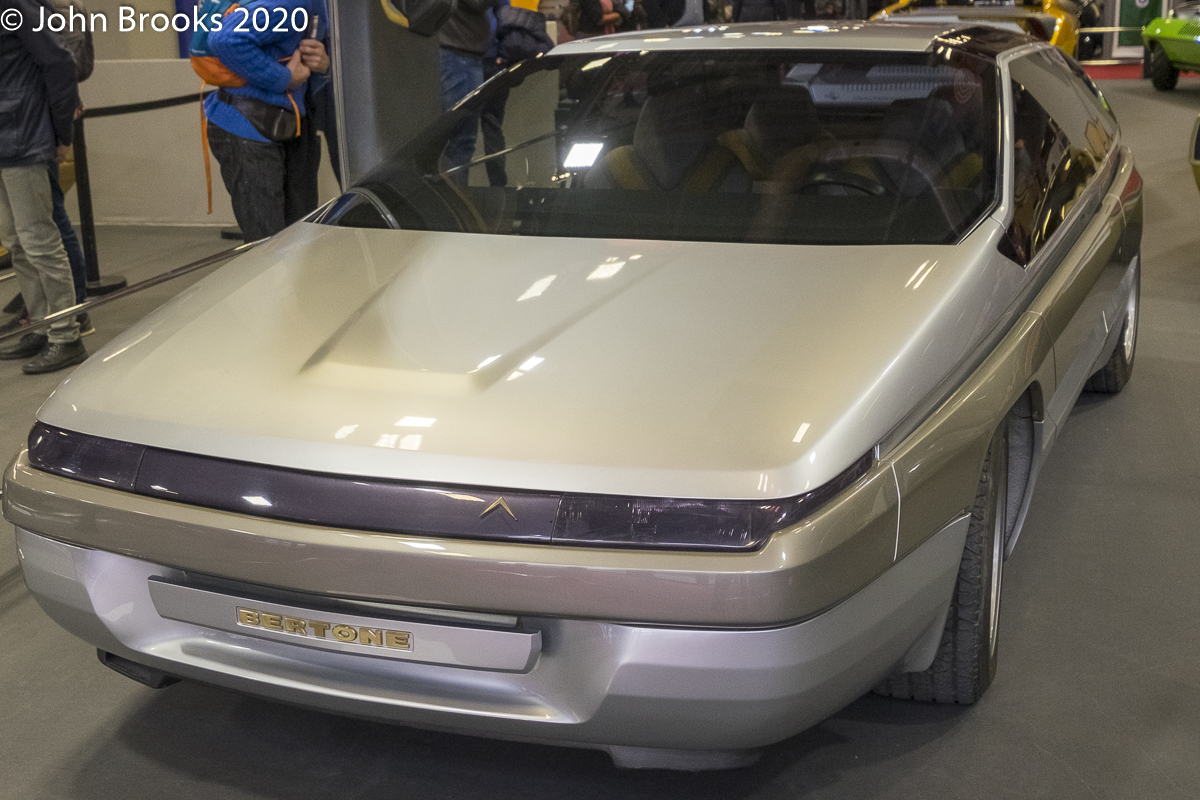
Powered by a 2.2 litre turbocharged 4-cylinder engine that drove all four wheels, both a legacy of Citroën’s recent rally program. The Zarbus did not fit with the product strategy of the time and was not implemented. Various styling elements did appear on the later XM and Xantia models.
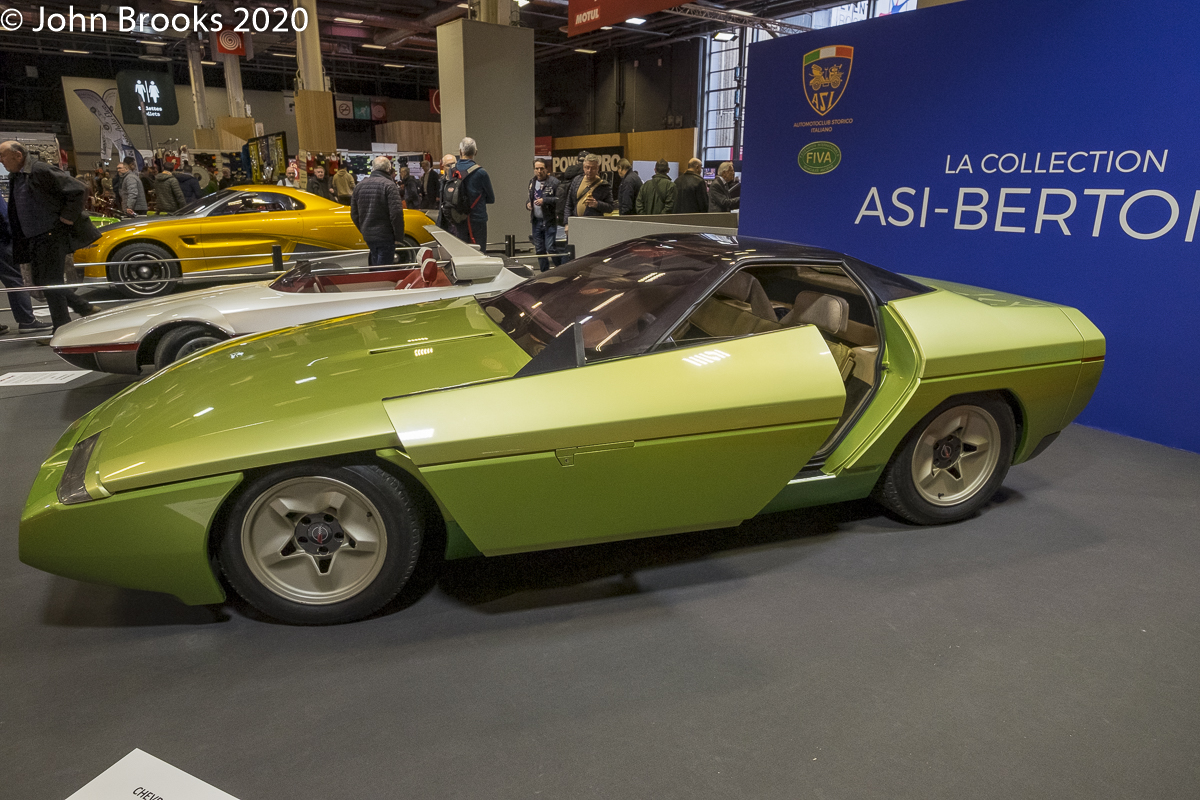
The foundation for the Bertone Ramarro, named after a local lizard, was the recently launched Corvette C4, indeed the car used to create the concept was the chassis that introduced Europeans to the new Vette at the 1983 Geneva Motor Show. Working round the clock Bertone were able to spring the concept on the Americans at the Los Angeles Auto Show.
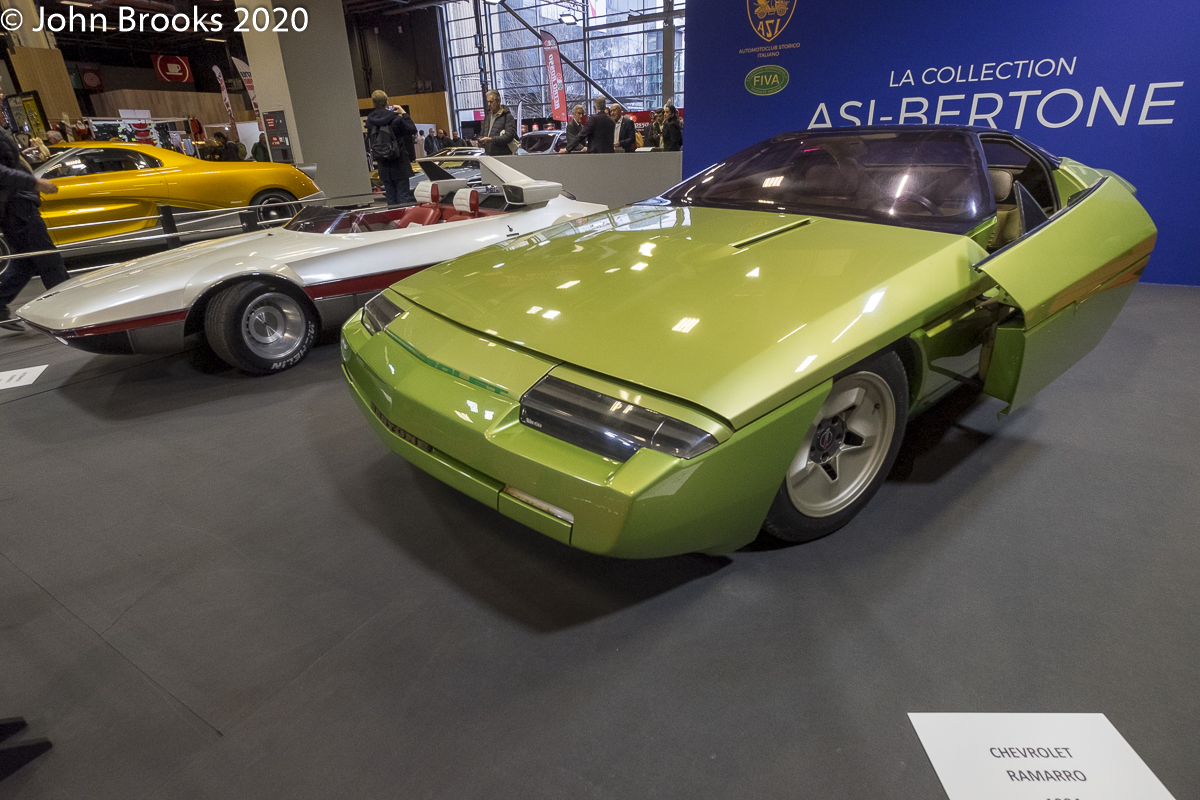
One of the aims of the concept was to celebrate the Bertone brand, the stylist behind so many familiar cars. The Vette’s radiator and air conditioning system were shifted to the rear to allow a more aerodynamic front profile. Another big change from the production car were the doors which were long, consequently their opening arc was very wide. So the designers decided to change them and the doors slid forward which created another set of problems to be solved.
The Ramarro toured round the globe attending motor shows and was a success with both the general public and the media. It received the Turin-based magazine, Auto&Design, 1985 Car Design Award for its “bold ideas,” which gave “the Chevrolet Corvette an entirely new personality.”
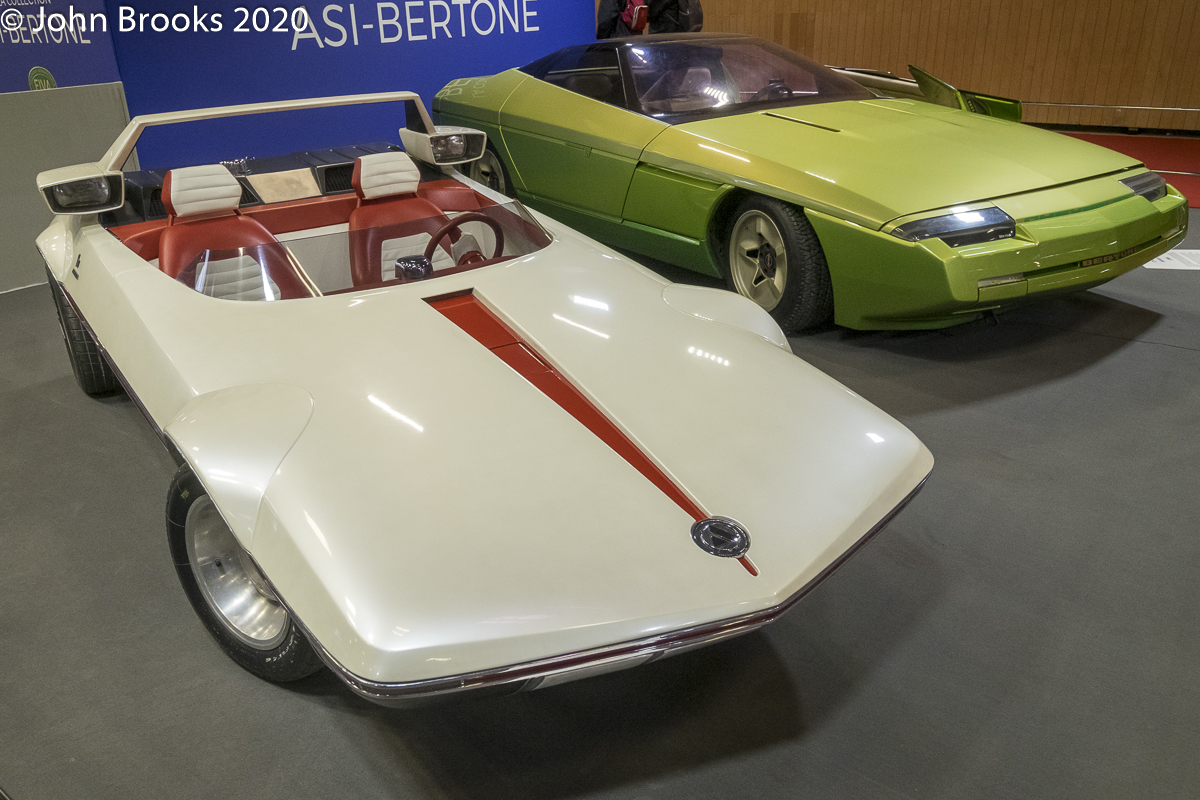
The Autobianchi A112 Runabout dates back to 1969 and was another Gandini design. It was an attempt to convince Fiat that they should consider a mid-engined layout for their budget performance car. This followed a path that had been established by Matra, Lotus and VW-Porsche in the final years of the ’60s. Taking many design cues from the world of speedboats the Runabout was very popular with press and public alike when unveiled at the Turin Motor Show. This helped to convince the Fiat management and the result was the Fiat X1/9, a best selling sportscar.
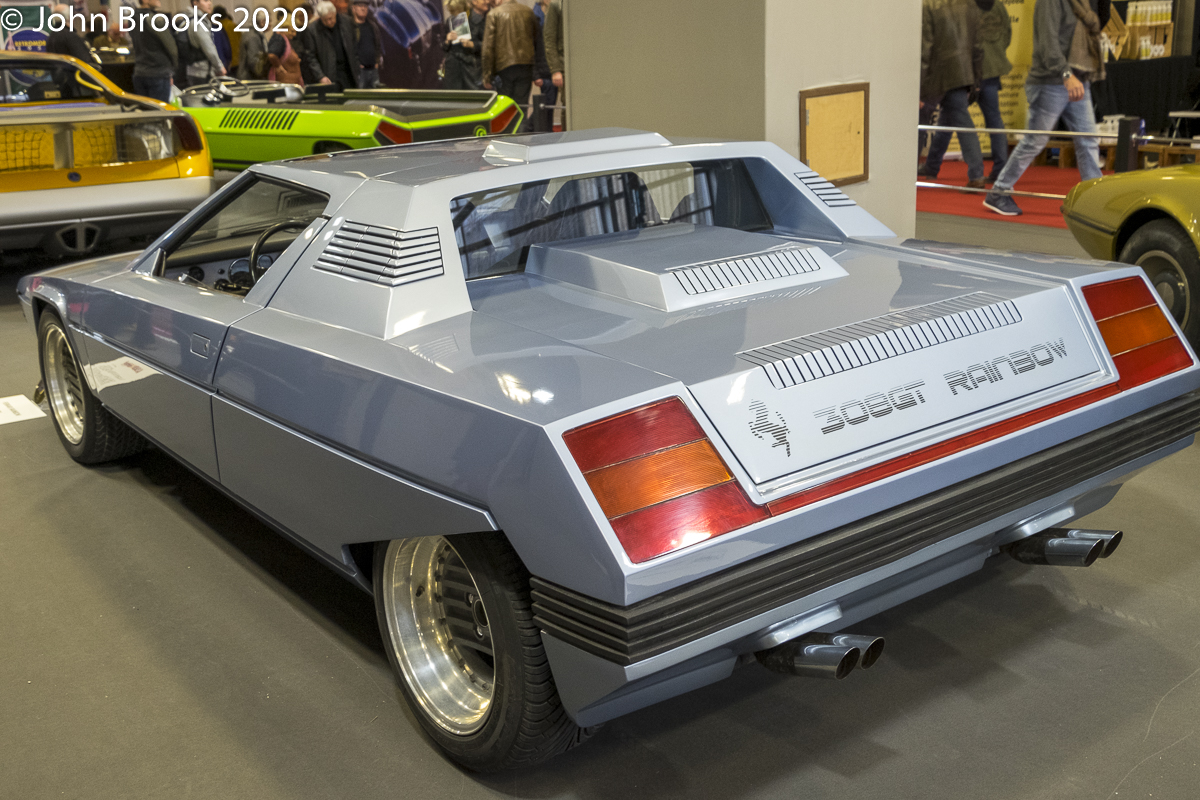
The Ferrari 308 GT4 was a major departure from Maranello’s normal protocols. It was the first Ferrari mid-engined 2+2 and the first to be powered by a transverse mounted V8 engine. Even a casual glance would reveal that this was not the customary collaboration between Ferrari and Pininfarina, it had Bertone and Gandini’s fingerprints all over the coachwork, looking more like a Lamborghini than a Ferrari. Although sales were better than the 246 Dino it replaced, the 308 GT4 was never loved in the way that most of Maranello’s finest are. It was no surprise to see Pininfarina back at the drawing board for the successor, the 308 GTB.
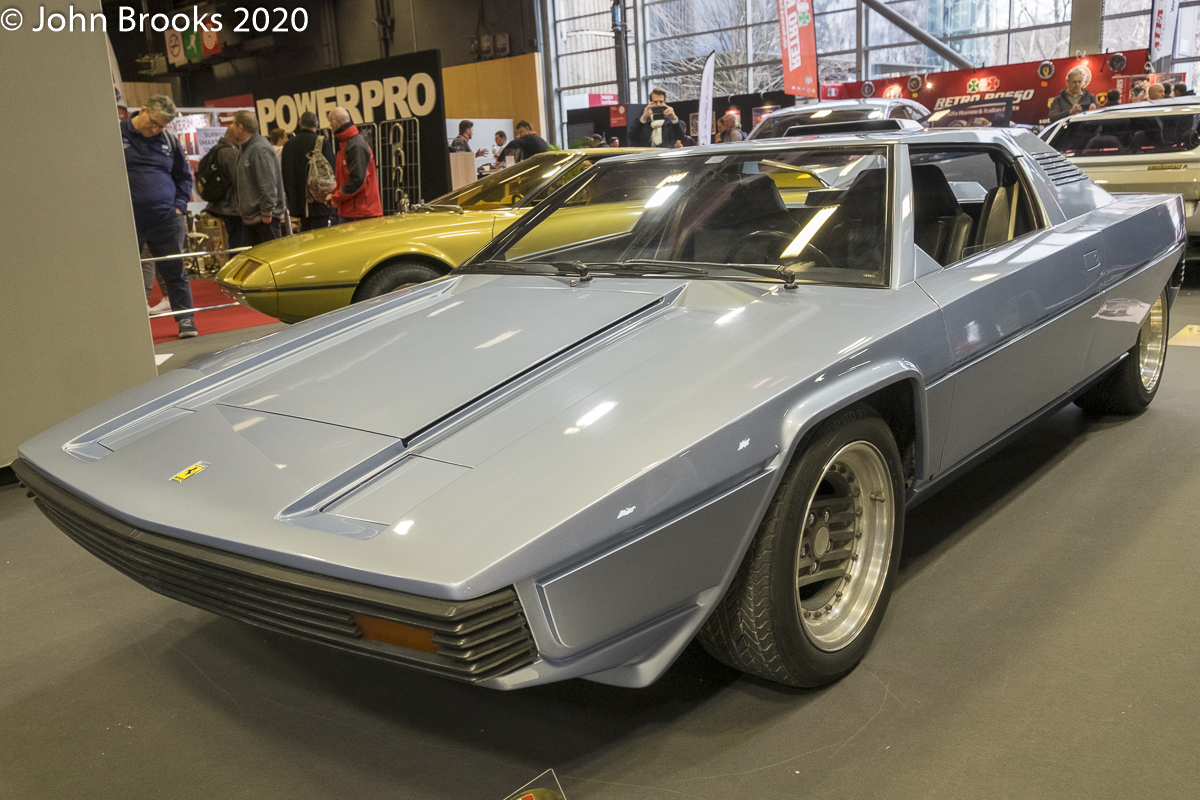
Bertone continued to manufacturer the 308 GT4 bodies but it was clear that there would be no future business with Ferrari, as the two organisations had a widely differing sense of styling. Gandini expressed it succinctly. “I did not see much point in designing a Ferrari concept that looked like a Ferrari, as the designers at Pininfarina and others were very much capable of doing so. If we had to do a concept on a Ferrari base, I believed that we needed to look at something that would be radically different to that what would be expected.”
At the 1976 Turin Motor Show Gandini and Bertone revealed their solution as to how the future smaller Ferrari should look, the Ferrari Rainbow was their answer. Angular and aggressive , it was unlikely to ever find favour with Maranello but perhaps that was the intention. One innovation that Ferrari eventually followed was the retractable targa top roof that would fold down behind the rear seats, it was an ingenious way of having both a coupé and a spider in the same car.
John Brooks, July 2020


